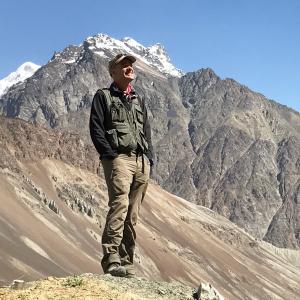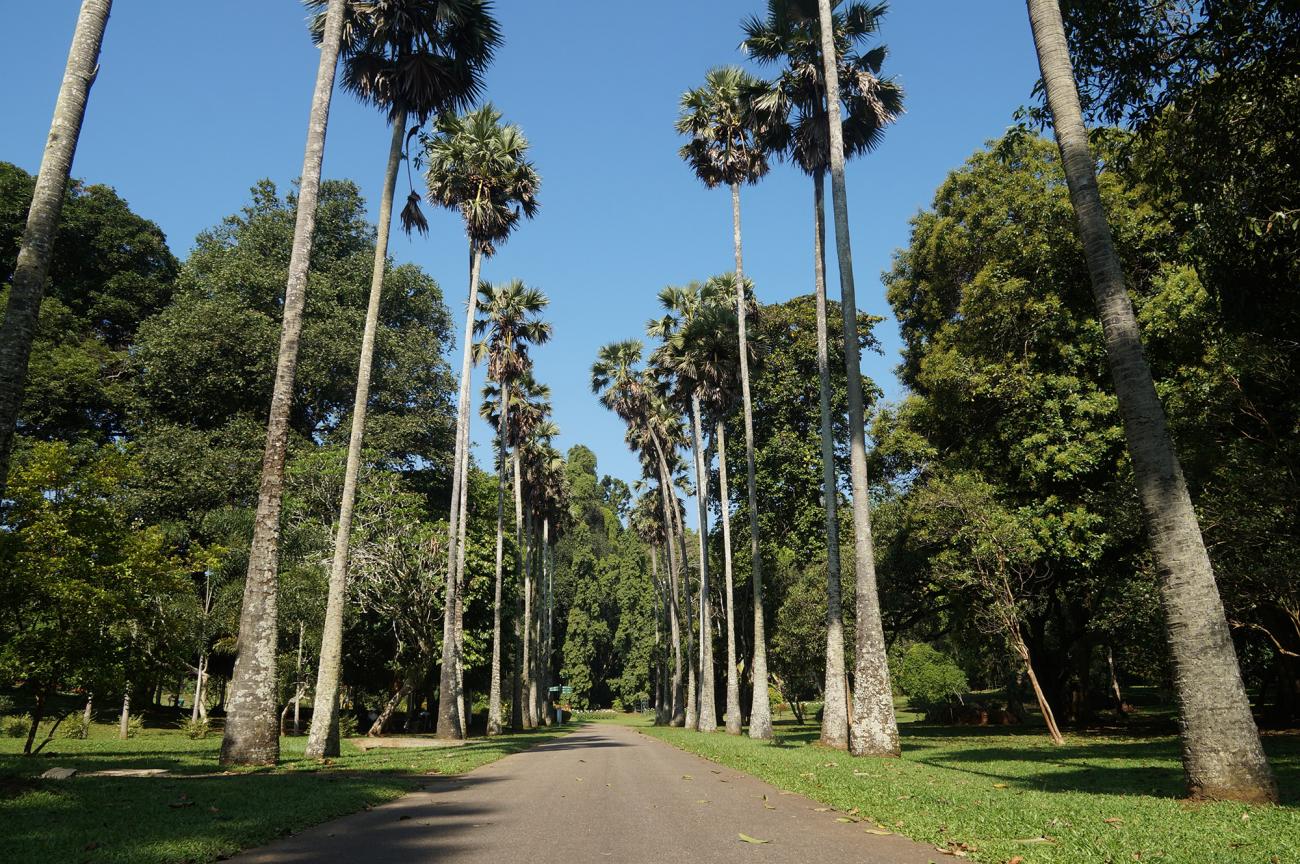
Here’s a brief description of what I have been doing over the last 36-hours, all of which I strongly recommend for anyone coming to Sri Lanka.
Kandy Botanical Gardens
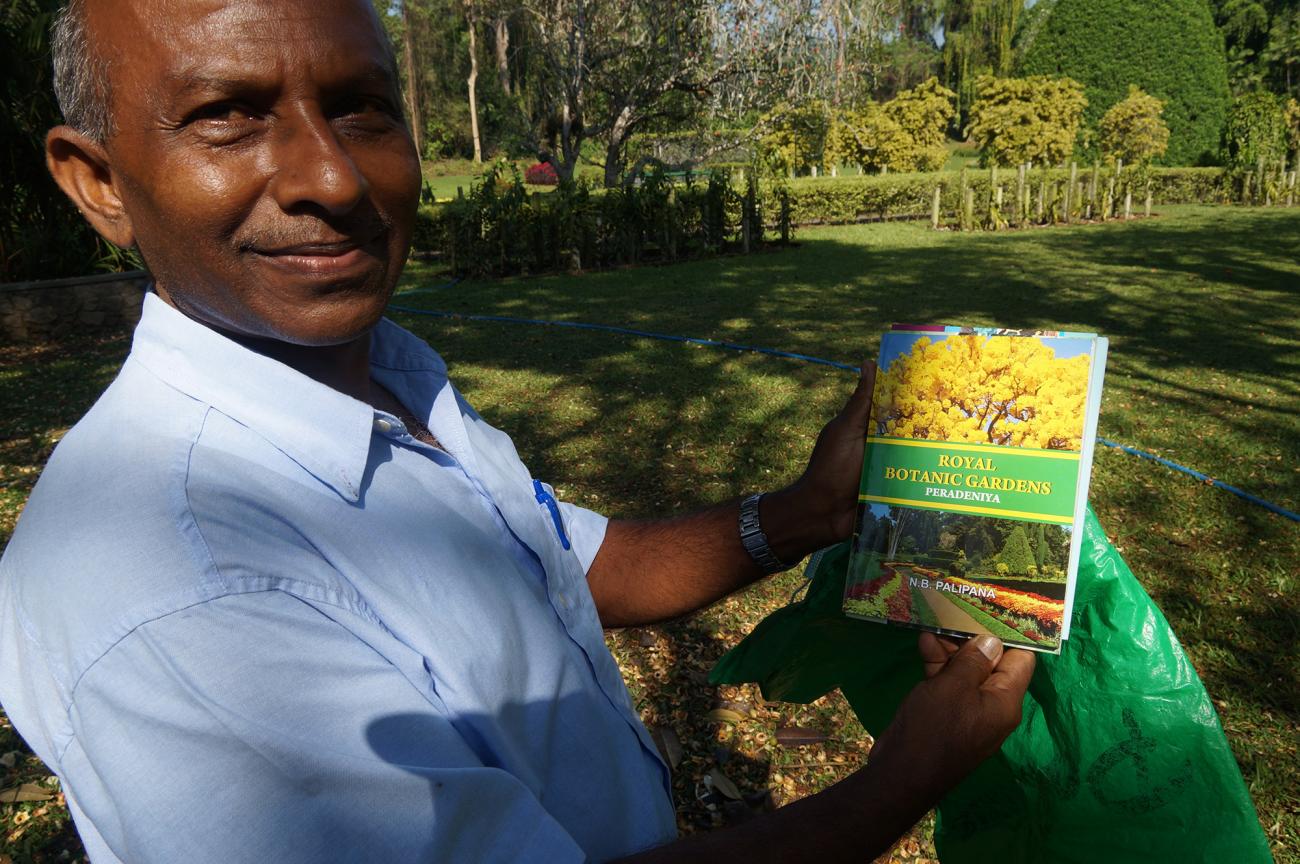
Not known for my love of horticulture, I very nearly cancelled my walkthrough of Kandy’s botanical garden. I am very pleased I didn’t. The 147-acre garden is a treasure trove of amazing tropical flora from towering ‘elephant foot’ trees to tiny delicate orchids. The park was originally conceived during the 17th century as a pleasure garden for the royal court and was transformed into a botanical garden by the British in 1821. My guide for the two-hour tour was the wonderful Professor NB Palipana, author of three books on Sri Lanka’s flora and fauna who, before retiring to show tourists like me around, worked at the gardens for 35 years. He explained the difference between indigenous, endemic and exotic plants*, pointed out examples of each, and showed me where parts of the park had been used in films such as Jungle Book, Tarzan and David Lean’s Bridge Over The River Kwai.
Train to the Hill Stations
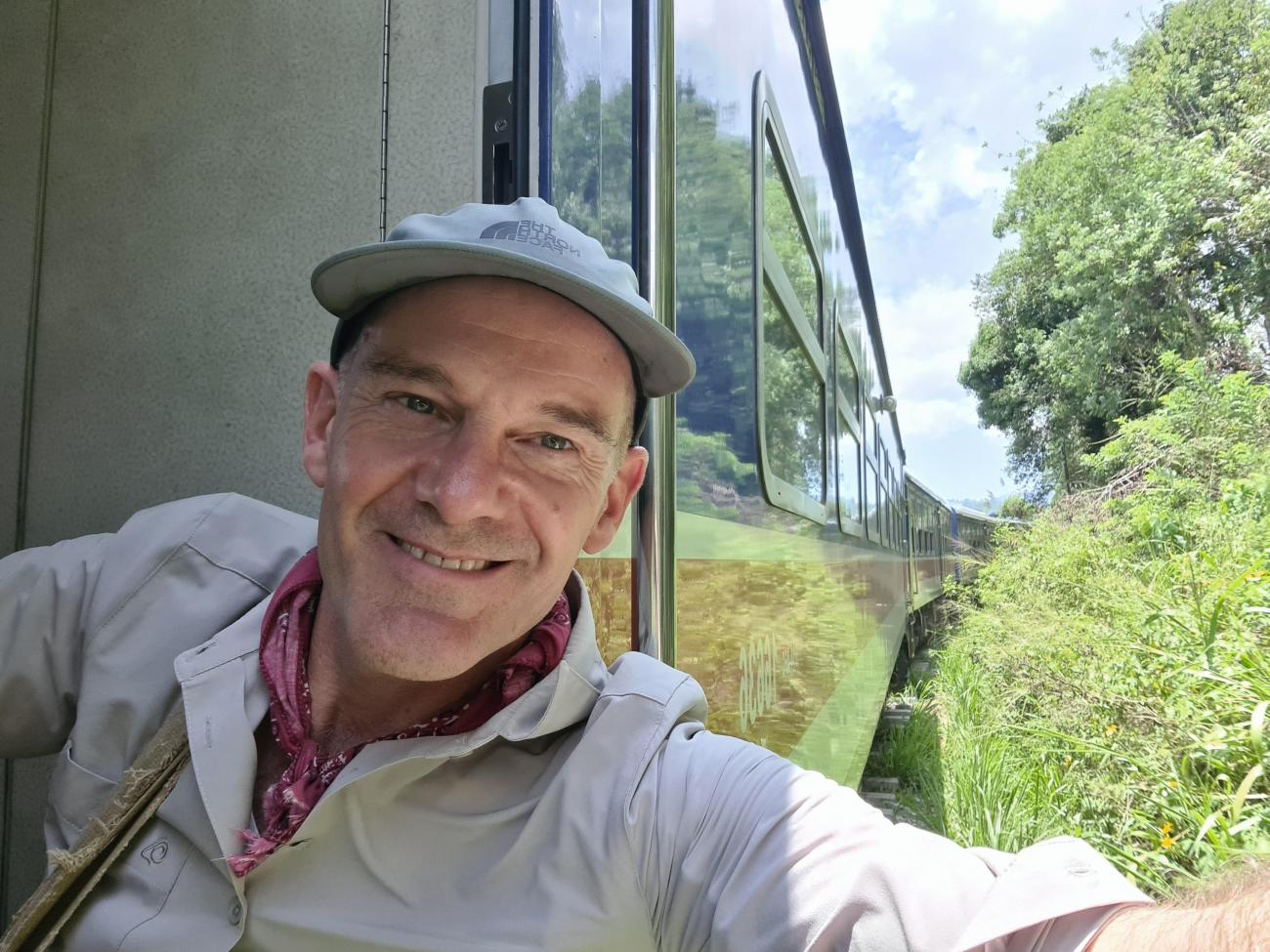
The British built the railways of Sri Lanka in the 19th and early 20th centuries, primarily to get the tea out of the highlands and down to the market. Stretching right the way across the country, today the railways serve as an important part of the communication network of Sri Lanka and are used by thousands daily. If you are a tourist, however, the journey you are most likely to take is from Kandy to the hill station of Hatton at the heart of tea country. The trains today are quite modern, with comfortable A/C carriages, but with more relaxed rules than we have in the UK (which is probably a good thing!) The main doors are often left open allowing those that wish to sit at the open doorway to watch the world go by. The views as you climb up through the lush countryside are epic.
In Tea Country
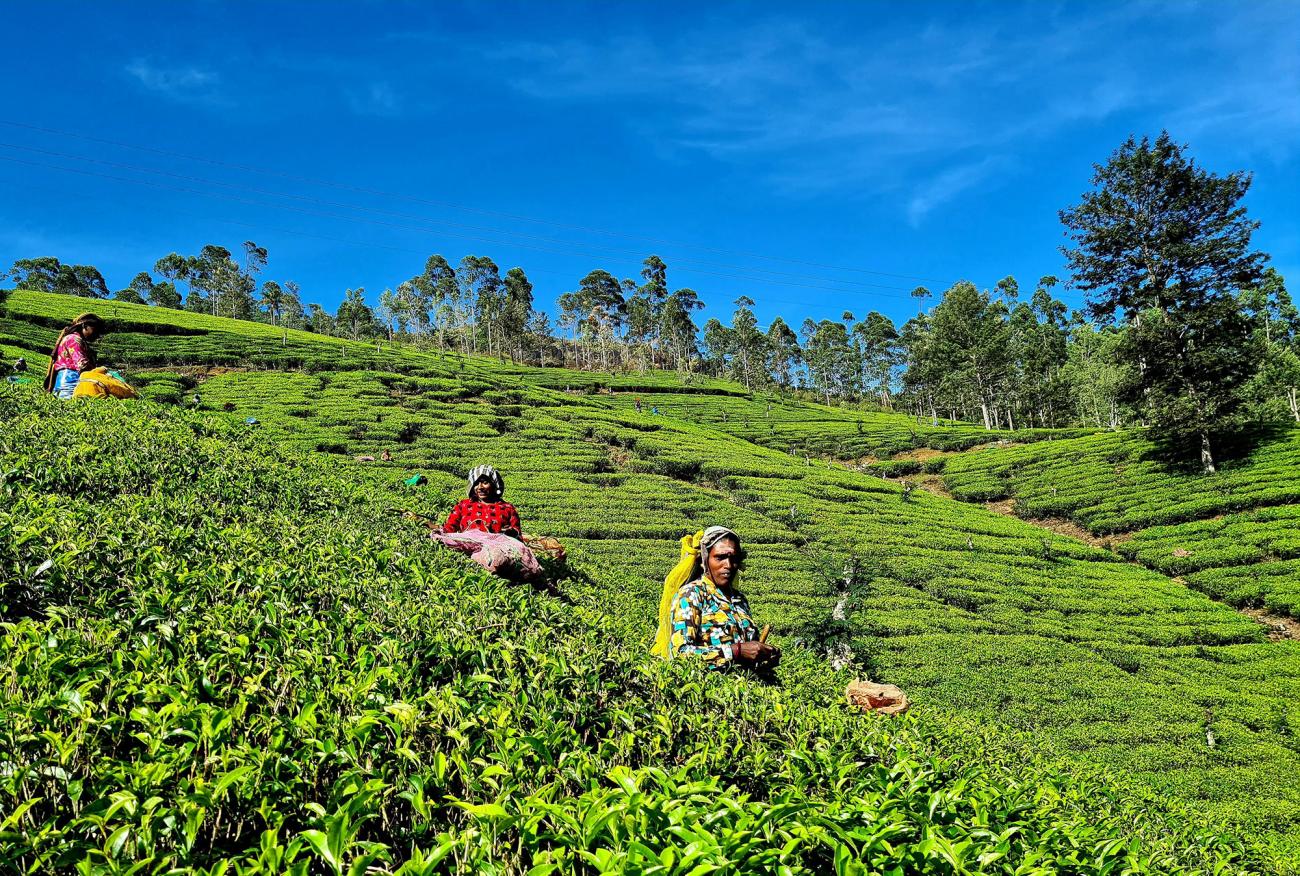
Again, it was the British that introduced tea to Sri Lanka, in 1824 under the governorship of Edward Barns, although its full commercial potential wasn’t realised for another half-century. Today, tea plantations stretch as far as the eye can see in all directions across the lush green hillsides. In the morning, soon after eight, gangs of women appear to pick the tea heads, just as they have done for generations. Once the sacks of tea are filled, they are carted off by the men to one of the tea factories where the process of grading, drying and breaking the tea takes place. I visited the Norwood factory where I not only saw the process in action but also learnt about the tea auctions down in Colombo and how the tea that's grown here actually gets into our Tetley tea bags back home.
On Safari in Yala National Park
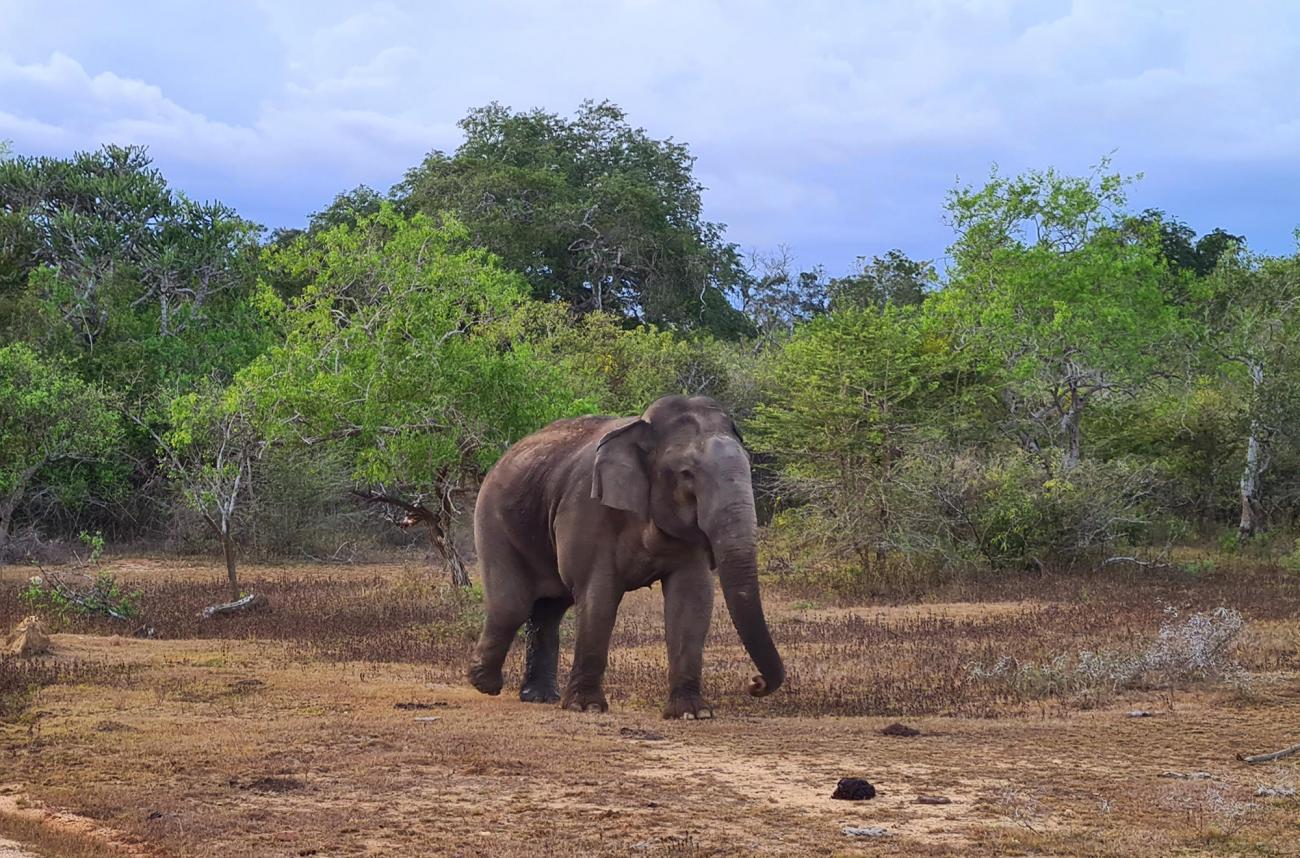
While I wouldn’t call myself a passionate naturalist (generally its people rather than animals that interest me) I do enjoy being out in the wild and it is always a thrill to see wild animals enjoying their natural habitat. A landscape of thick bush, lotus-filled lakes and towering granite columns, Yala is primarily famous for its leopards. With 104 known leopards calling the 14,600 hectares of zone one in the park home, making that one leopard for every 2.7 square kilometres, Yala has one of the highest densities of the animal anywhere on earth. And as well as wild elephant, wild boars, axil deer, a giant squirrel, a monitor lizard, a croc, and all manner of exotic birdlife, we did manage to see one leopard – just! Apparently, she had been sitting on one of the dirt tracks but by the time we got there she had scurried away and was pretty much lost in the thick undergrowth… all I could see was her impressive tail wagging every now and again. It didn’t matter. As I say, just being out there in that pristine environment was thrill enough.
Today I head to Galle.
* For those, like me, that aren’t sure, indigenous plants are native to several countries, endemic plants only grow in one country, and exotic plants are funky plants that have been brought in from elsewhere.
